- Open today, 10 am to 5 pm.
- Parking & Directions
- Free Admission
Thomas Jefferson, Architect:
Palladian Models, Democratic Principles, and the Conflict of Ideals
October 19, 2019 — January 19, 2020
First Floor, Special Exhibitions Gallery
The most important architectural thinker of the young American republic, Thomas Jefferson conveyed ideals of liberty and democracy in his designs.
Jefferson (1743–1826) was Governor of Virginia, Secretary of State, President of the United States and author of the Declaration of Independence. He was also a slave owner. Thomas Jefferson, Architect: Palladian Models, Democratic Principles, and the Conflict of Ideals explores this divergence alongside his extraordinary architectural influence.
Mather Brown (American, 1761–1831)
Thomas Jefferson, 1786
Oil on canvas
National Portrait Gallery, NPG.99.66
John Trumbull (American, 1756−1843)
The Declaration of Independence, July 4, 1776, 1832
Oil on canvas
Wadsworth Atheneum Museum of Art, Hartford, CT
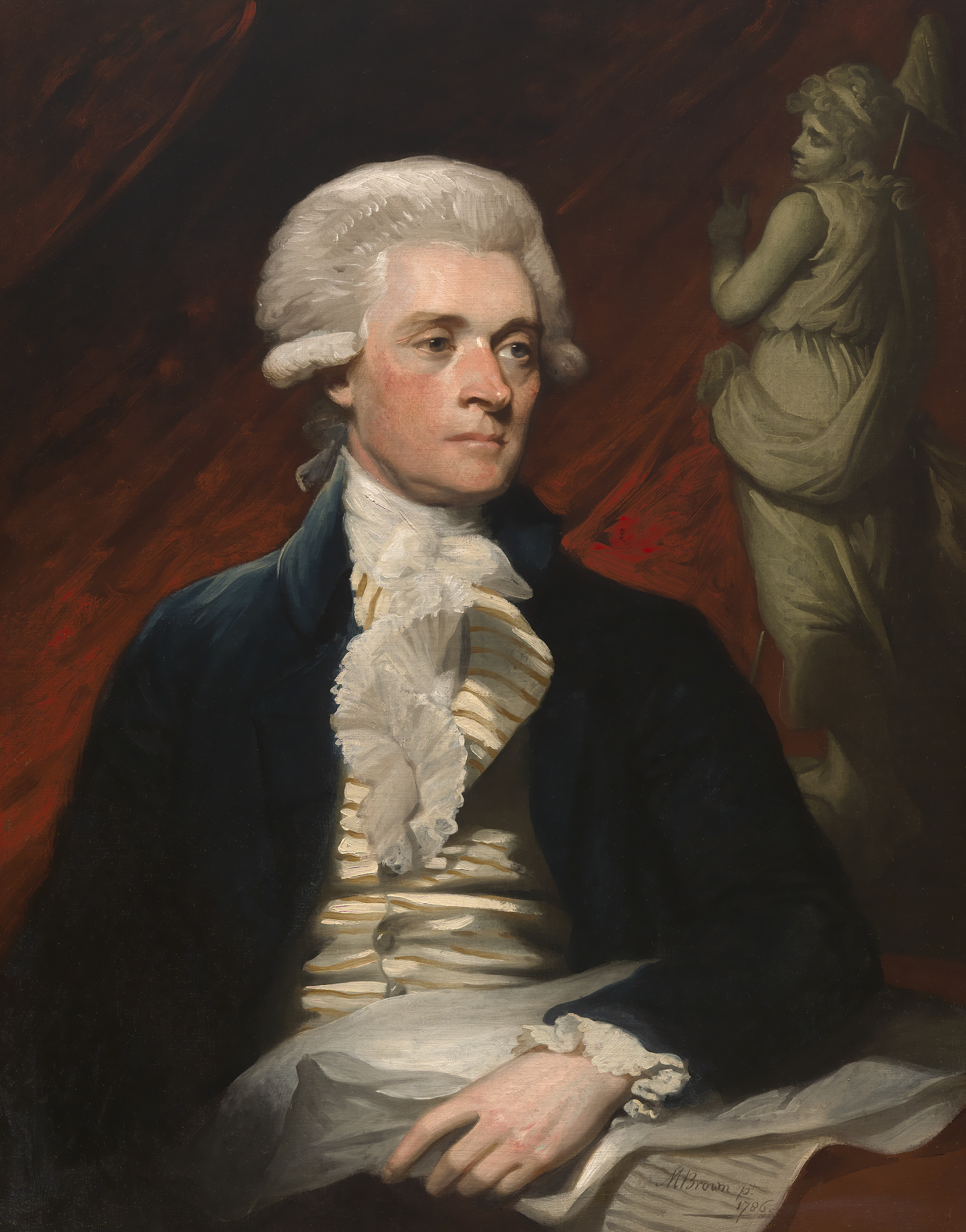
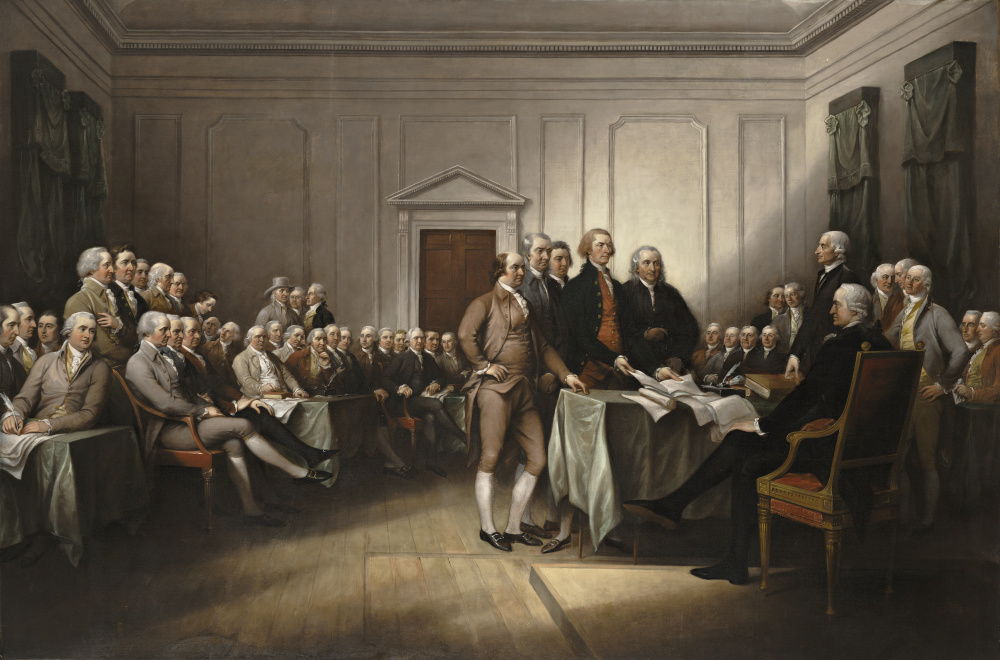
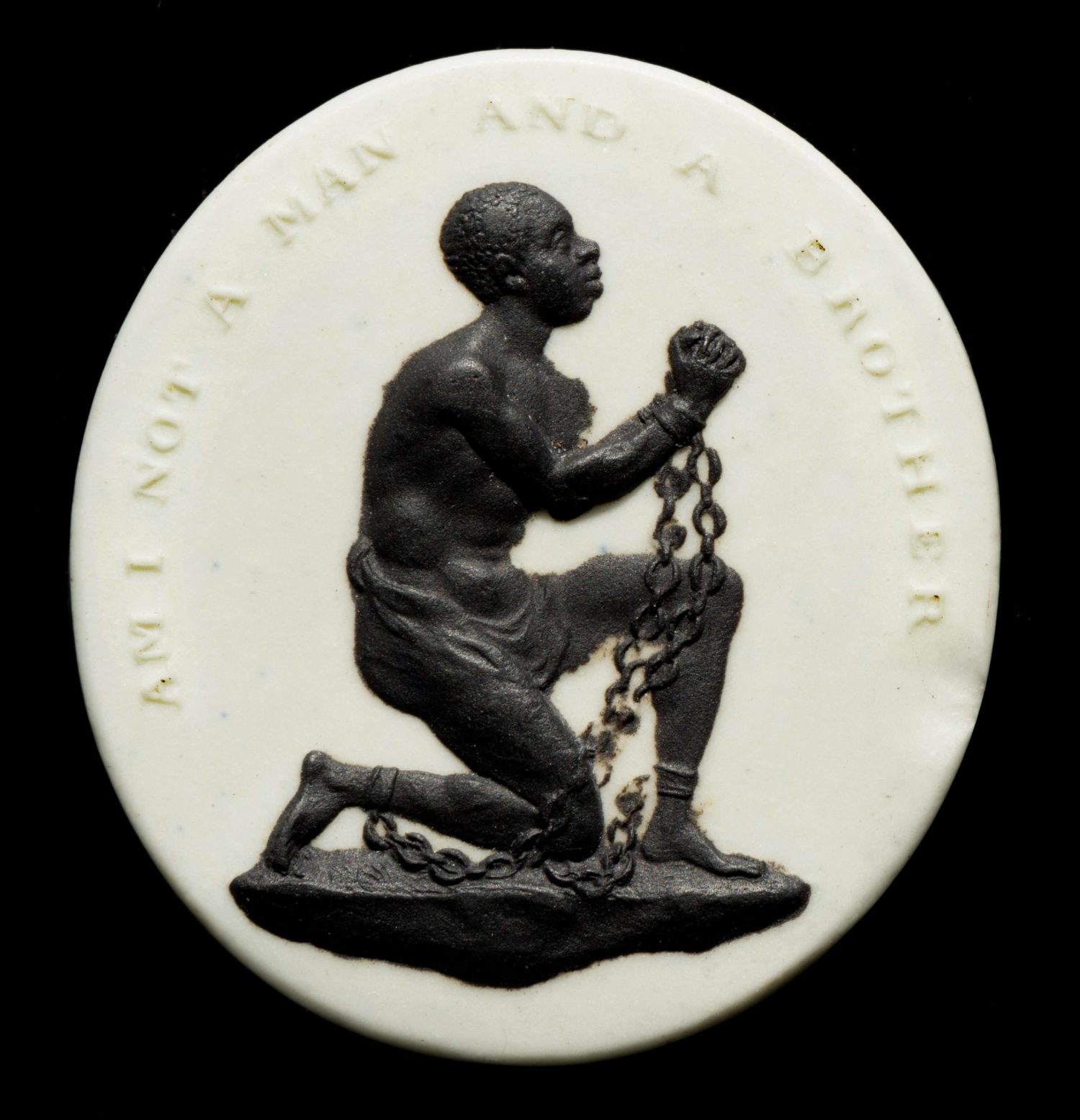
Organized by the Chrysler Museum of Art in collaboration with the Palladio Museum in Vicenza, Italy, this exhibition focuses on the ideas, formation and key monuments of the Founding Father who dramatically influenced the architectural profile of the young republic. It will also confront the inherent conflict between Jefferson’s pursuit of contemporary ideals of liberty and democracy and his use of slave labor to construct his monuments.
Slave Medallion
Wedgwood
, Staffordshire, England, ca.1790
Stoneware, unglazed, with white and black clay
The Colonial Williamsburg Foundation
Museum Purchase, 1982-202
Thomas Jefferson (American, 1743–1826)
Proposed sketch for the President’s House, elevation, 1792
Pen and ink with gray wash
Courtesy of the Maryland Historical Society, 1976.88.6
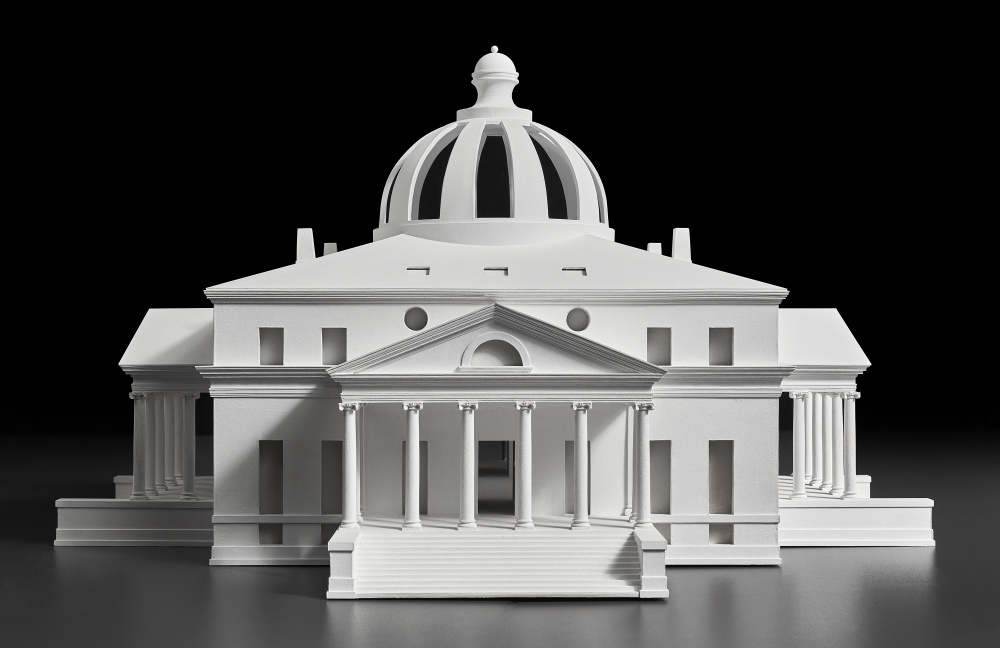
“For both Jefferson and Palladio, the architecture of the ancients was the key model with regard to functionality, style, and meaning. We see evidence of Thomas Jefferson’s influence in the architecture throughout our region, and we are excited to share the history and influence of these designs with our visitors to present important elements of Virginia’s history.”
– Director Erik H. Neil
The exhibition follows Jefferson’s evolution as an architect with nearly 130 objects, including models, rare books, paintings, drawings, early photographs and architectural elements. His designs for the Virginia State House, the University of Virginia and his home at Monticello established a new standard for America. Jefferson sought to convey ideals of liberty and democracy with architecture rooted in the classical tradition and the models of the Renaissance master Andrea Palladio.
Through his travels in the colonies and Europe and his extensive library, he engaged with contemporary ideas of architectural design. Yet, at the same moment, the creation of these monuments was founded on the economic and social institution of slavery. The inherent conflict is inescapable.
Designed by Simone Baldissini, Constructed by Ivan Simonato
Model of Jefferson’s design for the President’s House competition (scale 1:66), 2015
Wood, resin, and tempera
Palladio Museum, Vicenza
Thomas Jefferson (American 1743–1826)
Monticello: Observation tower, recto, ca. 1771
Pen and Ink with gray wash
Coolidge Collection of Thomas Jefferson Manuscripts, Massachusetts Historical Society
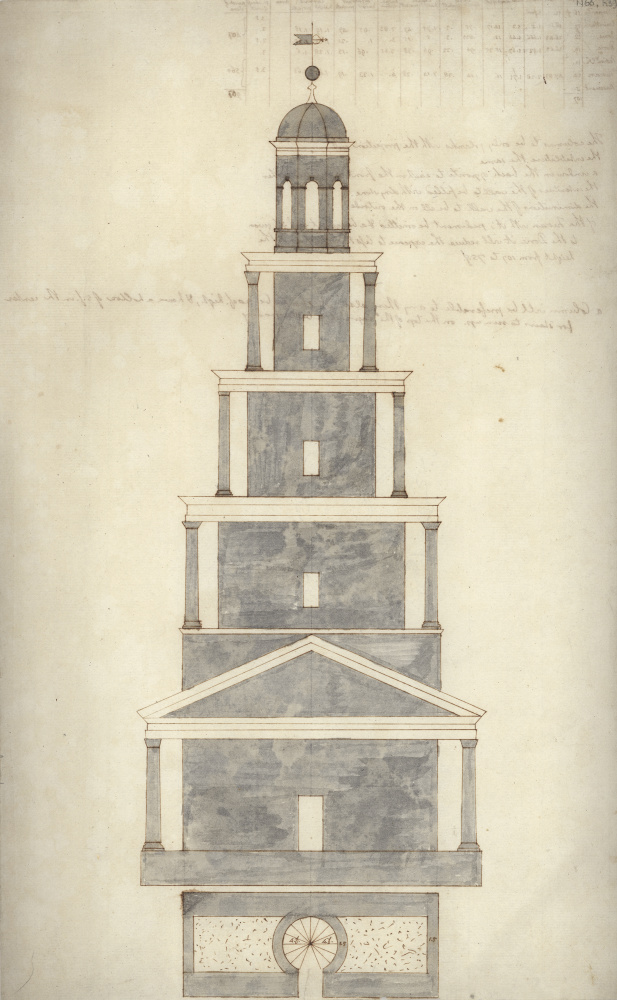
Accompanying the Exhibition

Thomas Jefferson, Architect offers fresh perspectives on Jefferson’s architectural legacy, which has shaped the political and social landscape of the nation and influenced countless American architects since his time. Available in the Museum Shop.
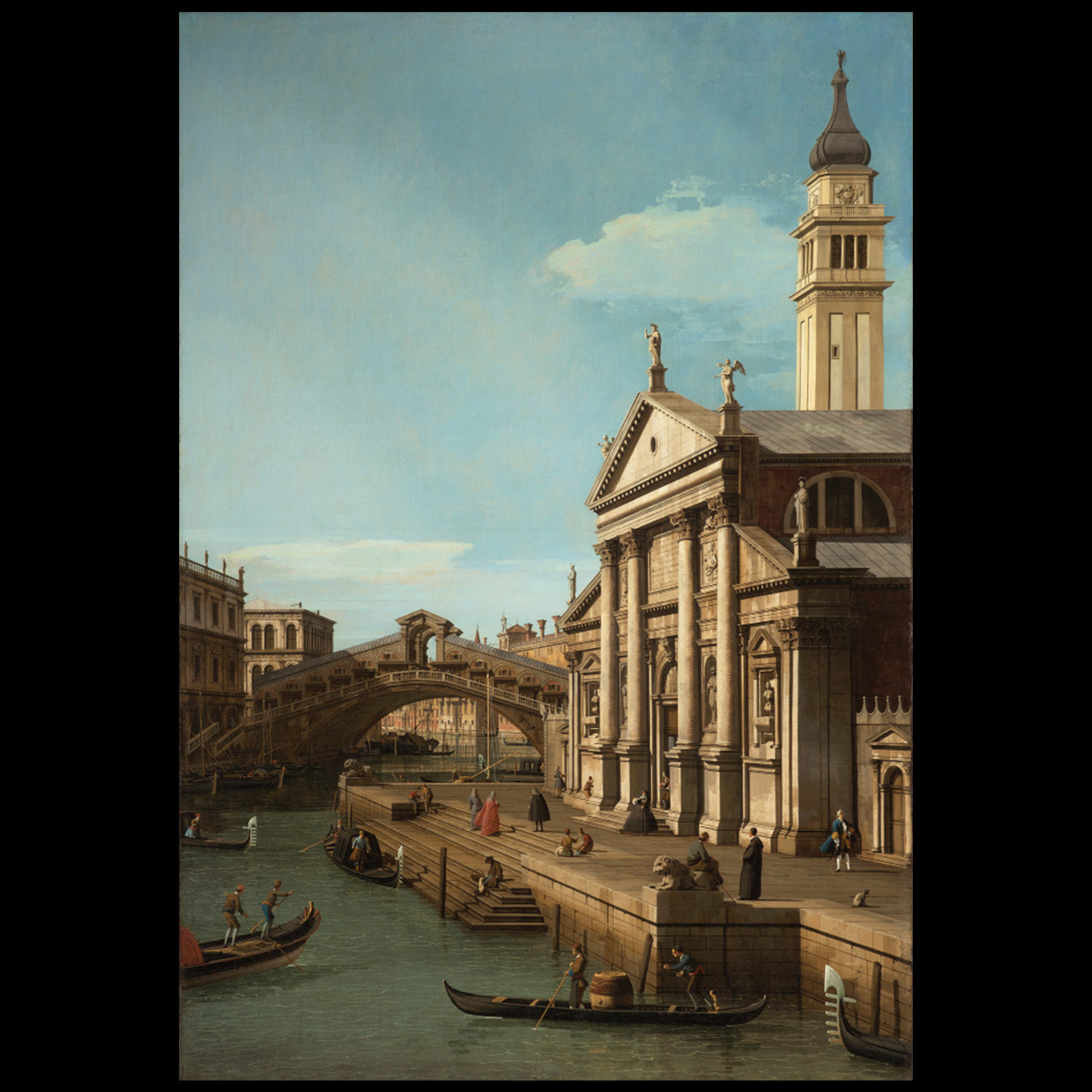
In order to engage a broad range of voices on the subject, the Chrysler Museum invited community leaders, educators, and subject matter experts to participate in the Community Voices project, audio commentary that examines the objects in the exhibition. As you tour the galleries, hear their perspectives about the objects on view. Listen now
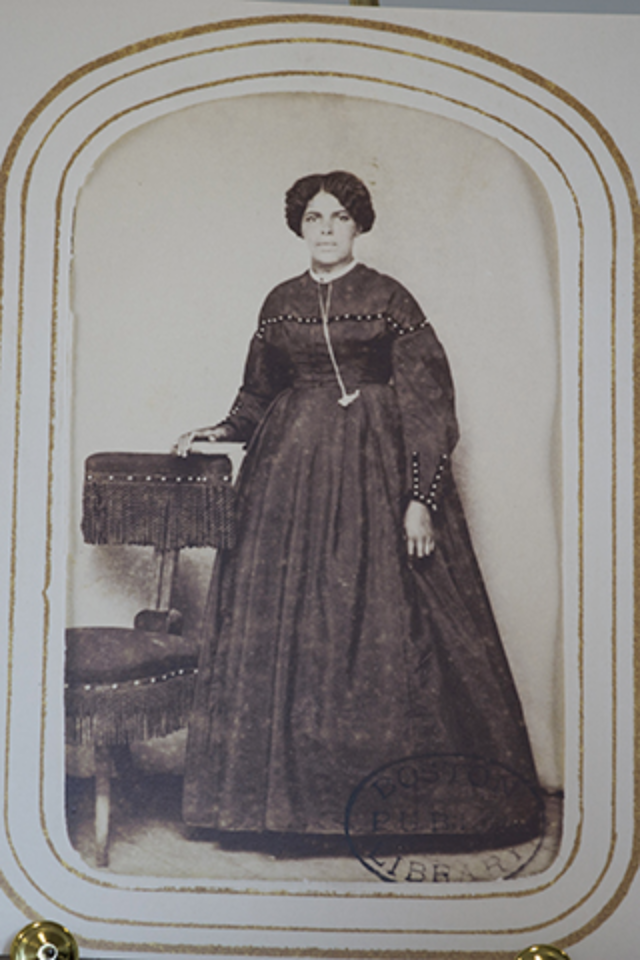
View stories of individual enslaved workers and the work they did as part of the construction of the University are being pieced together, along with visualizations of the Academic Village circa 1827. Explore the interactive
Exhibition Programming

Travis McDonald, the Director of Architectural Restoration at Poplar Forest, will offer insight into Thomas Jefferson’s personal retreat. Learn more

If you can dream it, you can build it! During this day devoted to building and creating, children of all ages and their adults are invited to learn, play and build. Create a castle out of blocks, design a tower out of LEGO blocks or draw your own fantasy city. Sign up
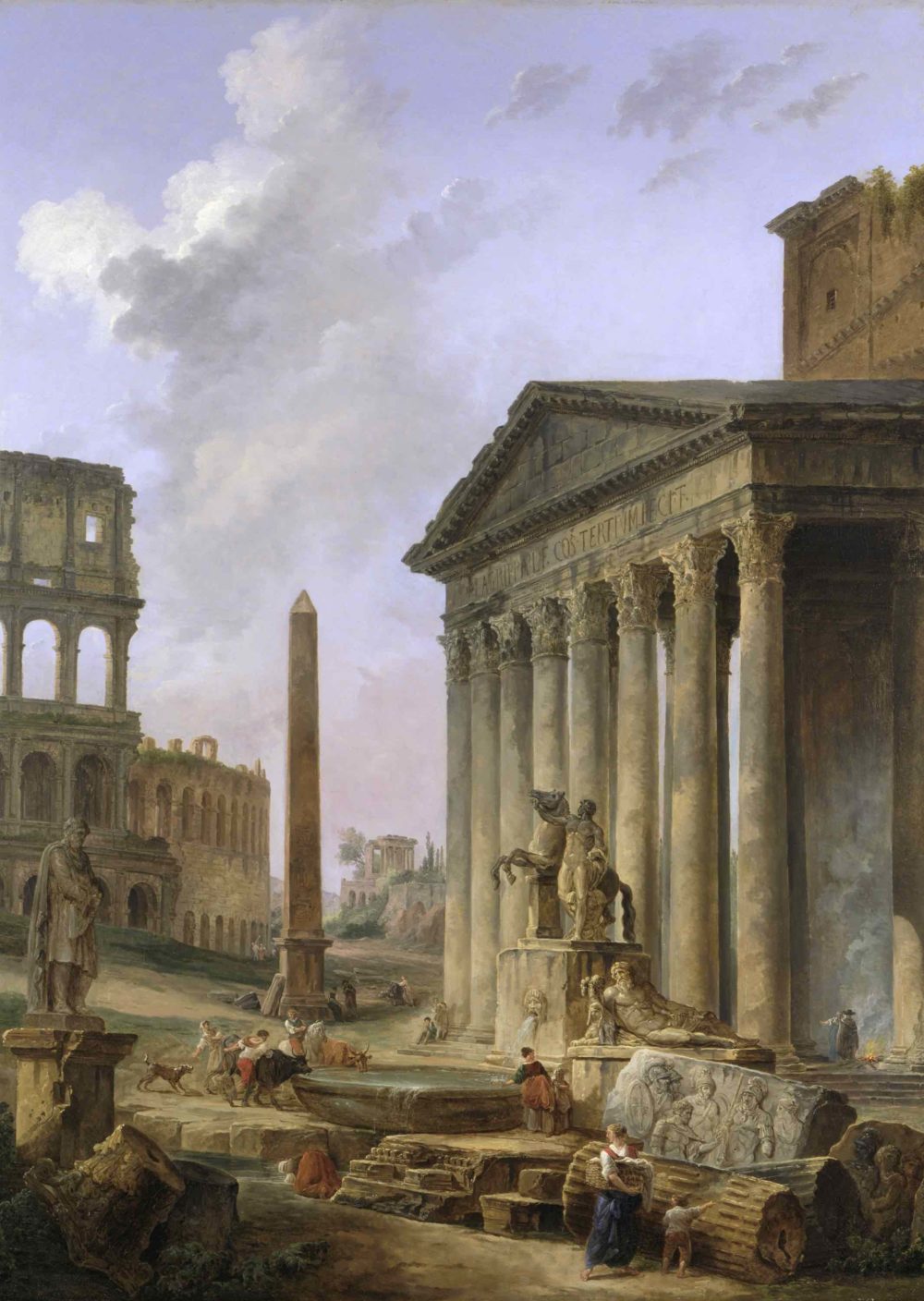
Join Museum Director Erik Neil for an engaging lecture series that will chronicle the history of western architecture from the Renaissance to Thomas Jefferson's time. See the full series
Exhibition Sponsors

Thomas Jefferson Architect: Palladian Models, Democratic Principles, and the Conflict of Ideals is presented with support from Dominion Energy.
This project is supported in part by awards from the National Endowment for the Arts, the Wyeth Foundation for American Art, and the Embassy of Italy in Washington D.C. Funding for the models featured in the exhibition is provided by Roberto Coin. Support for the exhibition catalog is provided by the Norfolk Society of Arts.

On view right now
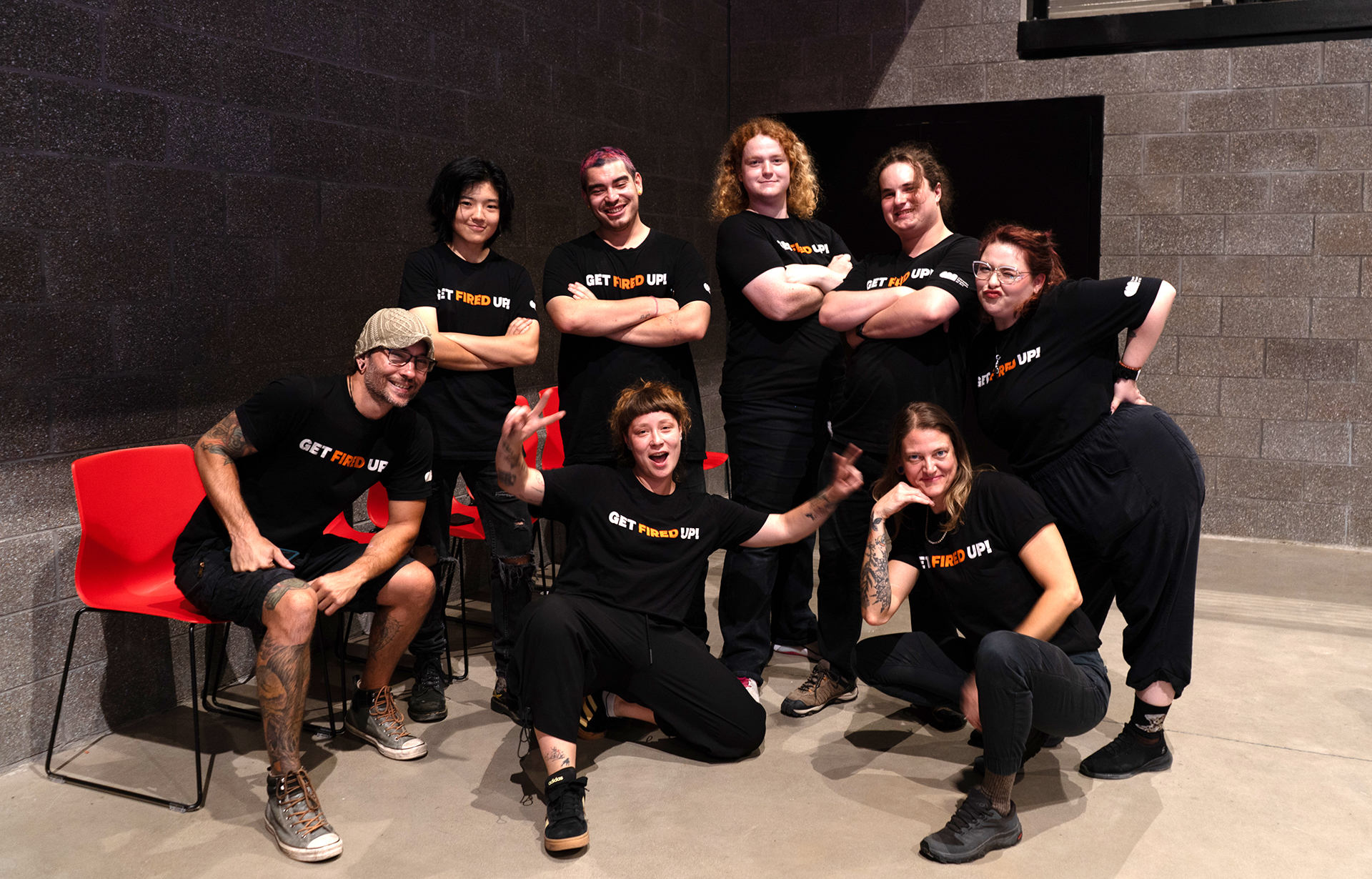
2024 Fall Glass Studio Assistant Exhibition
Exhibition Details
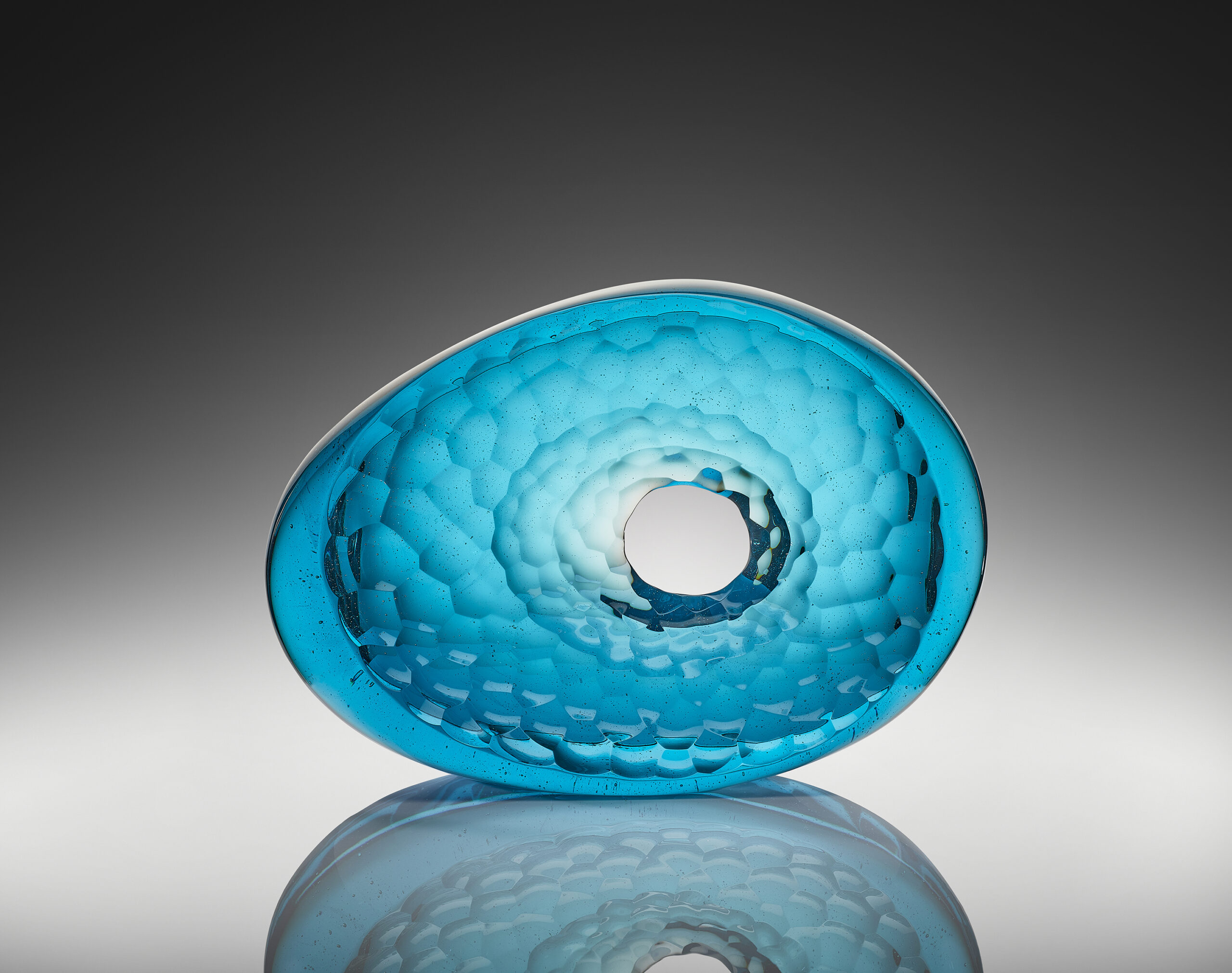
Peter Bremers: Ice to Water
Exhibition Details

